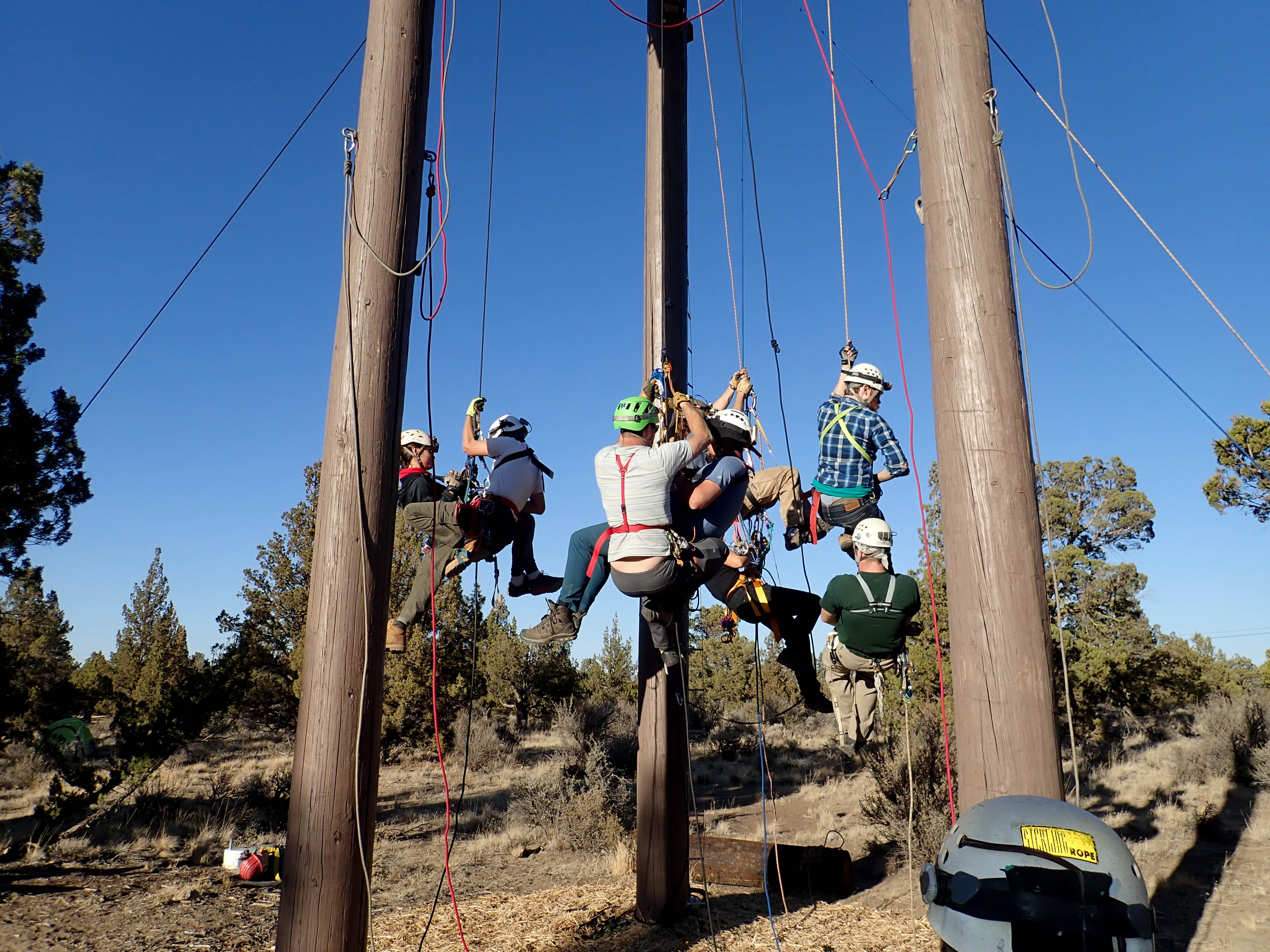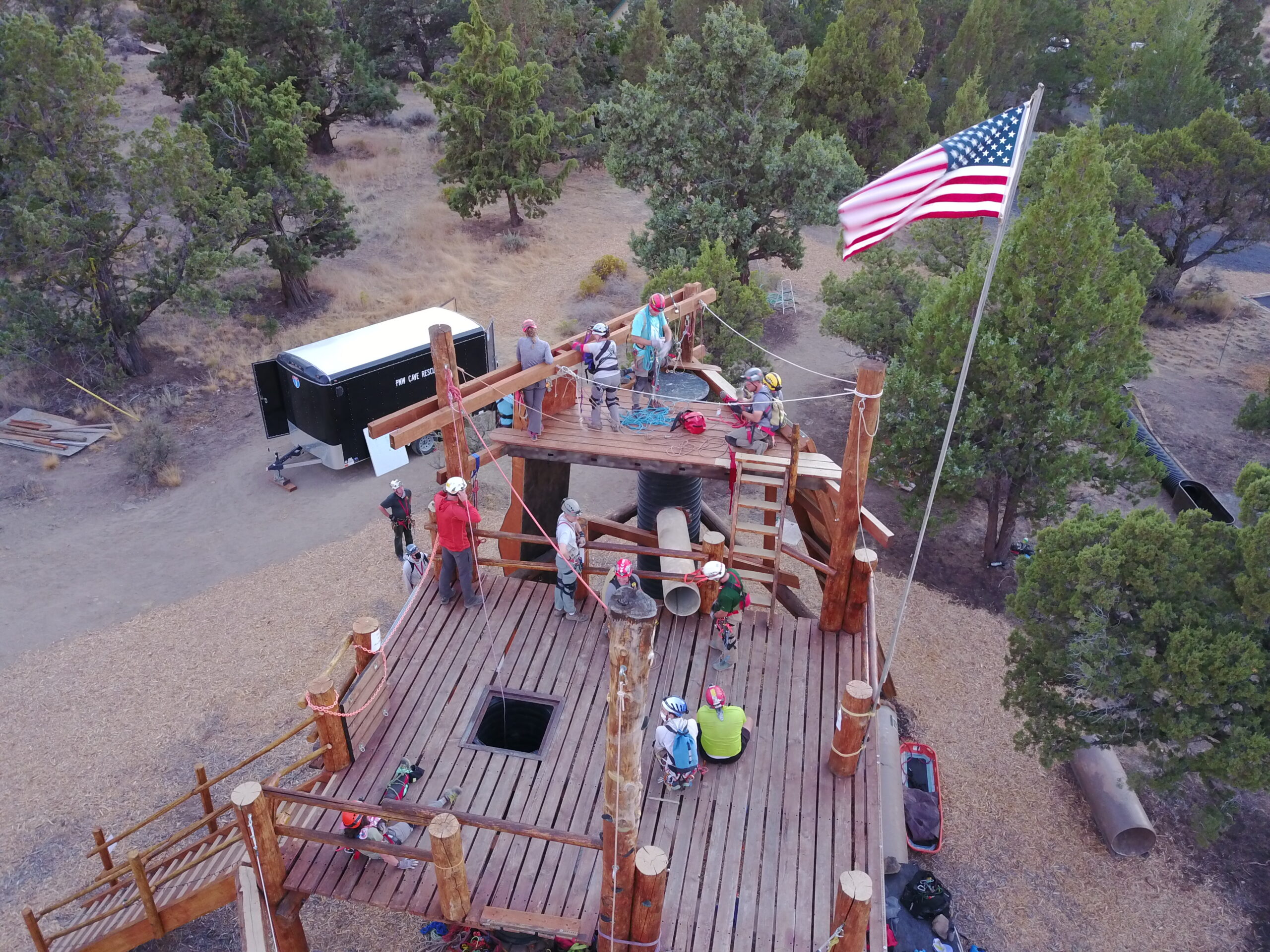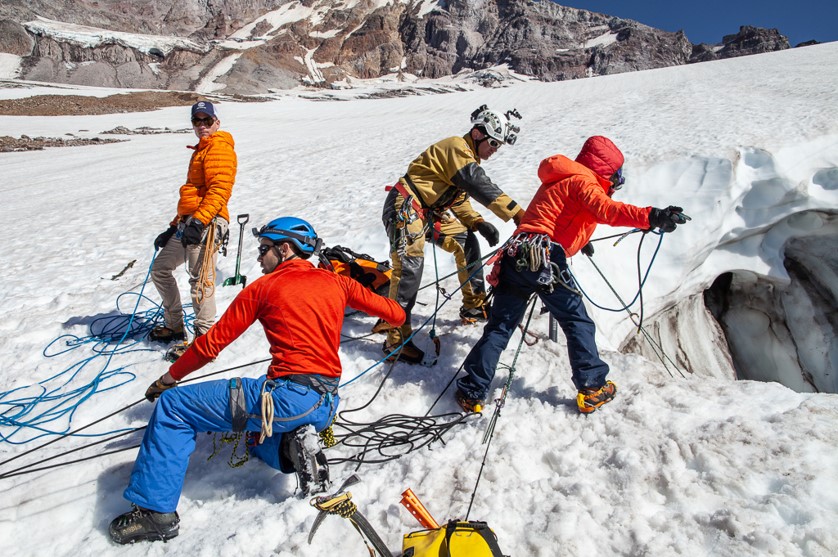Do-It-Yourself - Small Team Rescue
Whether you’re on a mountain, hanging from cliffs, or in a cave, an unexpected incident can occur at any time that endangers one or all of the group. Extreme or remote terrain can mean that help is hours or days away.
Small Party Self Rescue focuses on self rescue for a small group… vs large, professional or agency-based search and rescue-style events that include a lot of resources and a structured response. The ‘small party’ can be an expedition, a group of friends on a trip, or a typical 3-4 person mountain rescue hasty team, sent into the field by their Search and Rescue (SAR) organization.
This course presents a philosophy of small group self-reliance, accident prevention, decision making, and problem-solving based on critical thinking. It provides skills and techniques that can help you save yourself and your friends when help might not come in time, or maybe never. This is appropriate for individuals and rescue teams that perform extreme activity in remote locations involving vertical environments – where small mistakes have big consequence, and can lead to catastrophic results.
The more you’re out there, the greater the odds that you will one day be involved in or help with a rescue. Having a self-reliant mentality before you ever put on your boots can help you prevent an accident. Then, if one DOES happen, it can help you make the right decisions about what to do next.
This is course is customizable for participants, based on their ‘work’ or ‘play’ environment and specific needs. The basic course covers topics like:
- Pre-planning before and during the trip, to make problem-solving easier and mitigate issues.
- Negotiating ‘on rope’ around and with others.
- How to use minimal gear – what’s on your harness or in your pack – to effect a rescue.
- Pick-offs (on rope) of injured or stuck climbers.
- Simple weight transfer techniques that mean less people can lift or do more.
- Rescue rigging that works in extreme places with little gear.
- Horizontal drags and moving patients through tight spaces or uneven terrain, such as crevasses, scree slopes, and caves.
If you plan on taking this course, you need to be proficient traveling on rope. If you’re not, take the SRT class first.
Next Steps...
Contact us for price and scheduling.




